Roman Theater of Amman
This exceptionally well-preserved ancient marvel also houses a small museum dedicated to Jordanian folk tradition.
Cairo, Rome, and Beijing are all cities where ancient monuments and ruins punctuate rows of modern storefronts and streets humming with cars and mopeds. While lesser-known, Amman is also such a city.
Here in the Jordanian capital, the 6,000 seats of a 2nd-century Roman amphitheater stand testament to the significance of what was then known as Philadelphia, or “the city of brotherly love.” Commissioned by Roman Emperor Antoninus Pius, this northward-facing landmark is divided into three distinct sections from which ancient spectators watched plays and modern ones listen to concerts.
Amman’s iconic amphitheater is, in fact, a perfect place to attend such events (discounting the steep and sometimes slippery stairs), because the Romans were masters of acoustics. There is a small marking between the stage and the seats, and if you stand on this spot and speak, your voice projects to the entire stadium.
The superior sound is not the only hidden gem this archaeological wonder contains, however. On the side of the stage, a small door opens to the Jordan Museum of Popular Traditions, in which dozens of ceramics, traditional Bedouin clothing, jewelry, and trinkets sit on display. Behind the theater, the remains of the Temple of Hercules sits on a hill, heralding the bright Jordanian sun.
Know Before You Go
The amphitheater and museum are both open to the public for a small fee (smaller still if you have Jordanian residency).


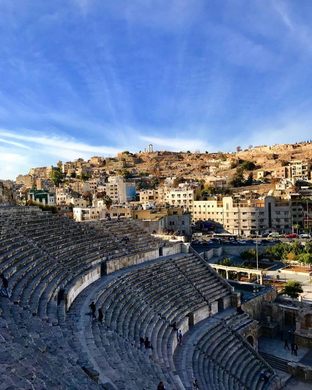
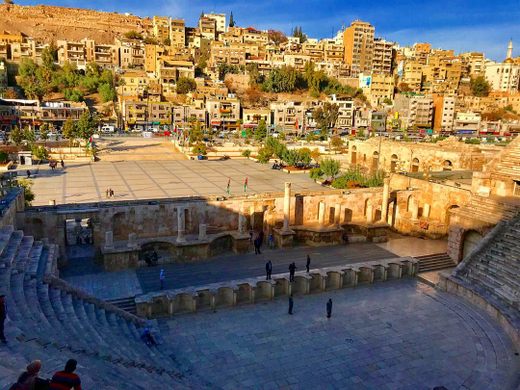
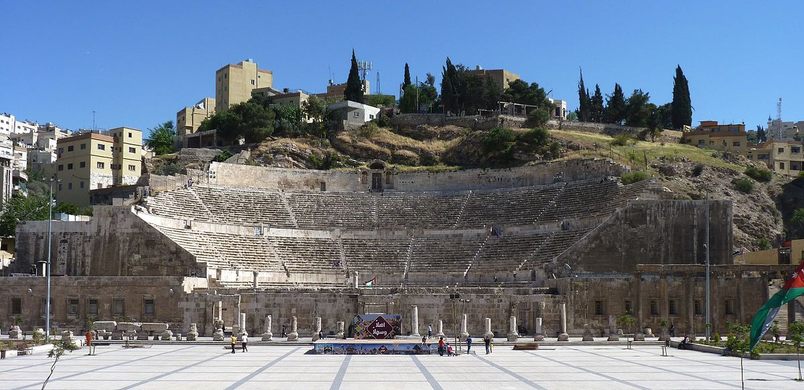
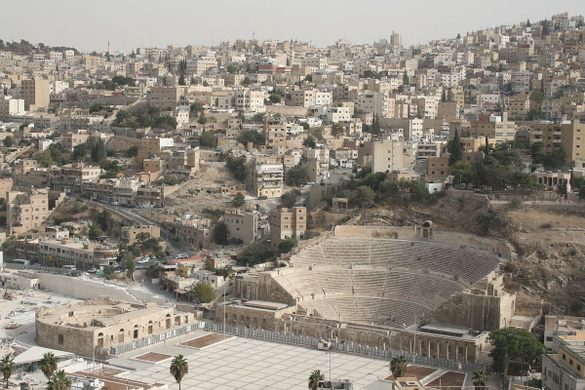

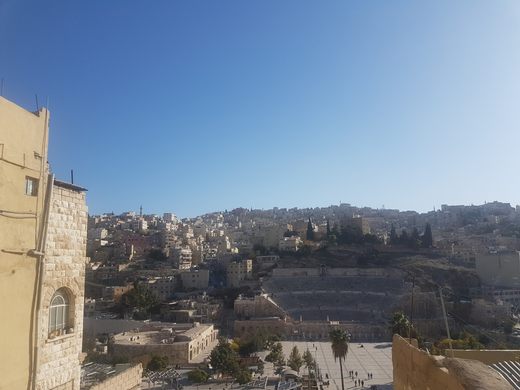






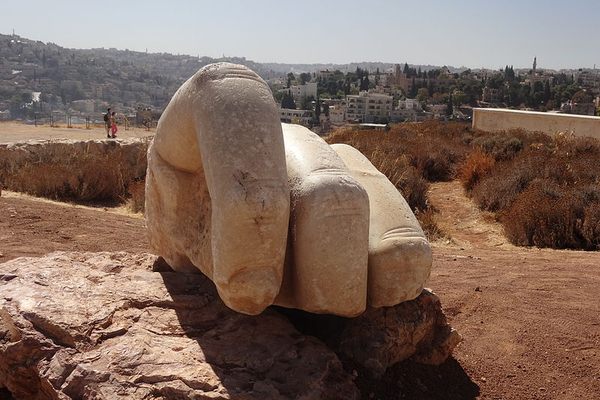






Follow us on Twitter to get the latest on the world's hidden wonders.
Like us on Facebook to get the latest on the world's hidden wonders.
Follow us on Twitter Like us on Facebook